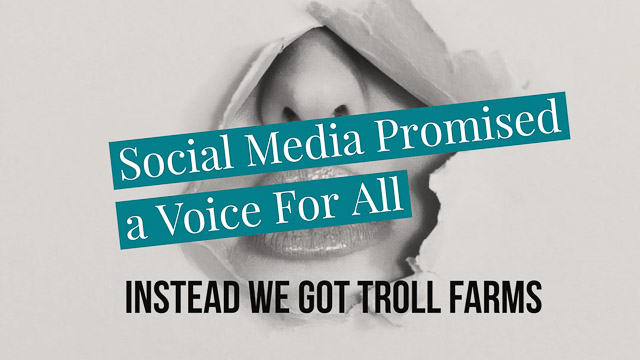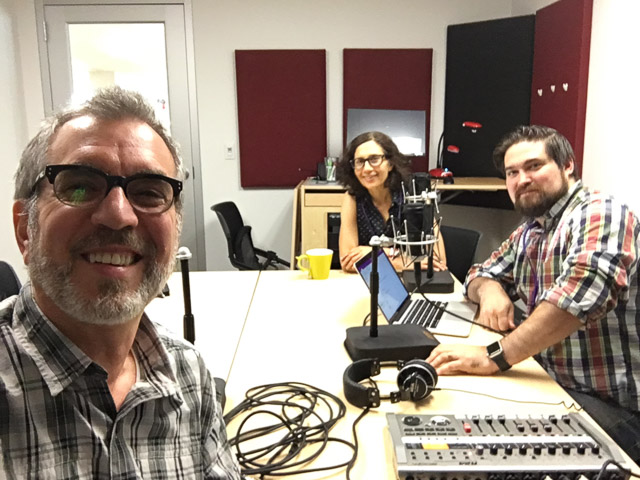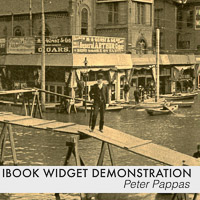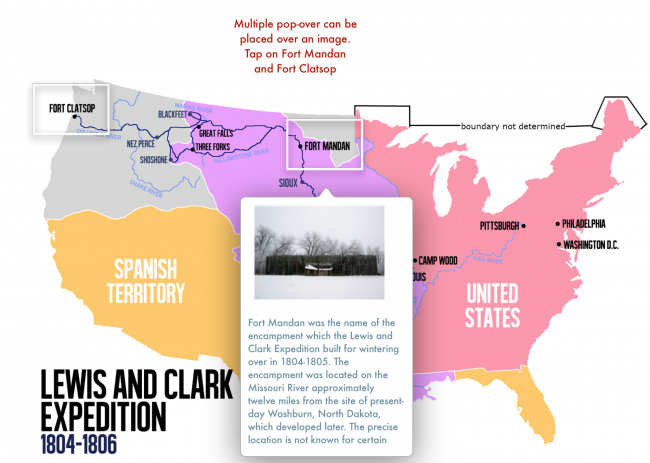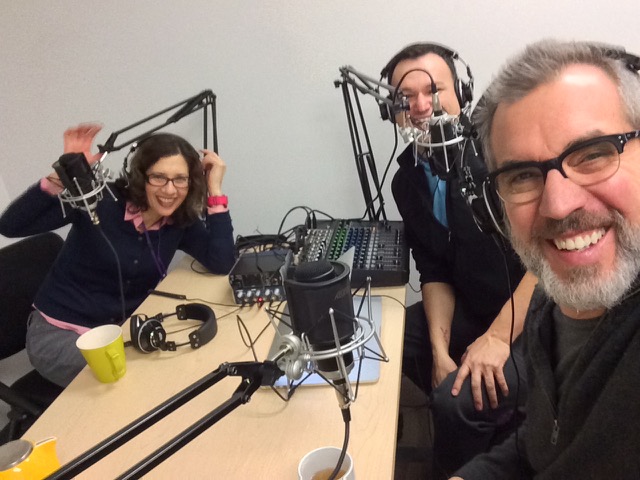This is a remix of UP Tech Talk S06E02: Trolls, Tales, Twitter, and Thoughts – my conversation with cohosts Ben Kahn and Maria Erb of UP’s Academic Technology Services
My preface: I grew up in a different media environment in the fifties and sixties. My information flow was controlled by big corporate media gatekeepers – network TV, record industry, newspapers, magazines, Hollywood. I taught a media studies class in the seventies and eighties. It was all very McLuhan – how TV was shaping our thought.
When the digital revolution (and later social media) came along, my first reaction: “This is great. The barriers to entry are down and the media gatekeepers are dying off.” I was publishing print on demand paperbacks and later multi-touch eBooks with my students. I was blogging, posting “how-to” videos on my own YouTube playlists and excited to network on Twitter chats with colleagues. I was advocating for my students to do the same – be content creators, not just consumers.
I thought that social media would emerge as a low-barrier way for people to share information and that the “best content” would rise in a “marketplace of ideas.” But now I realize that because of the algorithms, we’re not in a common media space. We say we’re on Facebook, but the Facebook that I see is different than the Facebook that somebody else sees. The social media business models hype “engagement” and the most outrageous content rises to the top. Trolls and bots further game the algorithms and we end up awash in “junk” news.
Maria, Ben and I discussed the current state of social media, where we’ve been and where we’re heading.
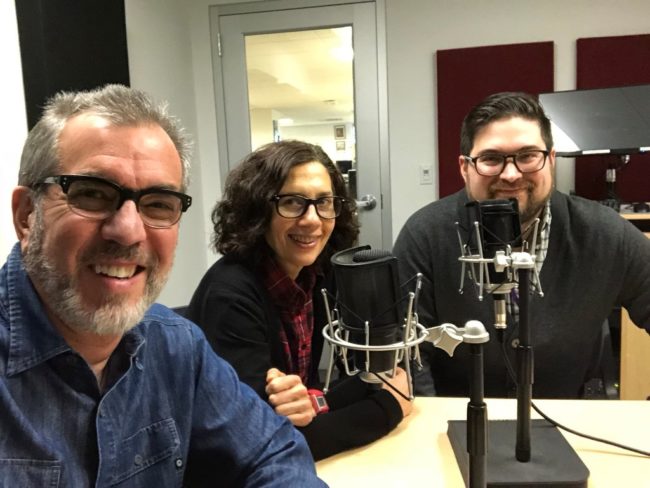
Image credit: Adobe Spark – UnSplash / ian dooley @nativemello
